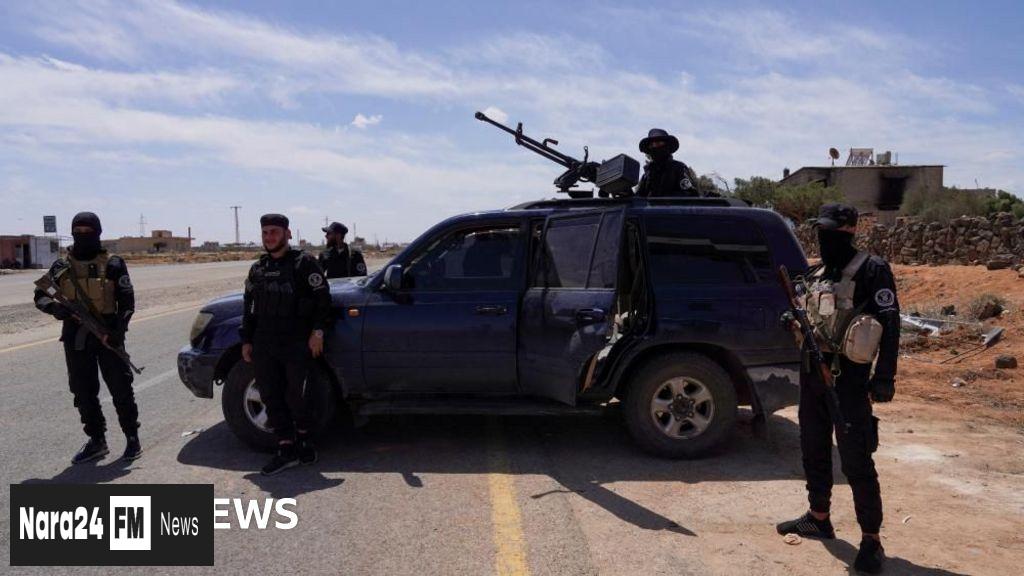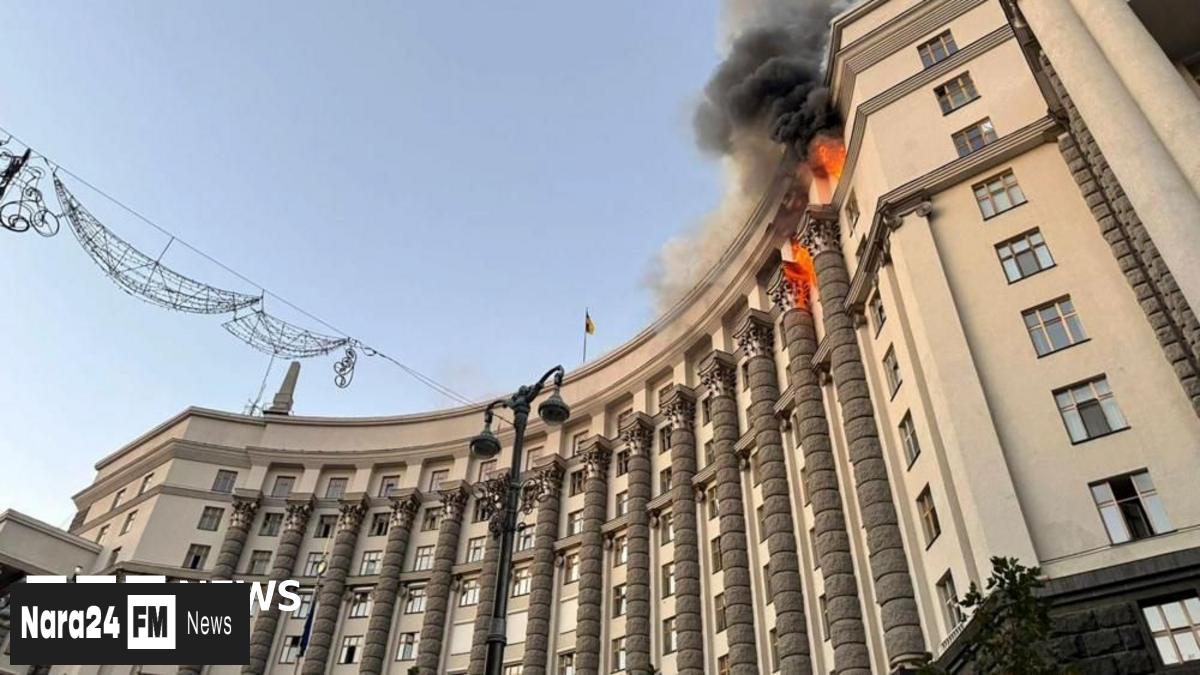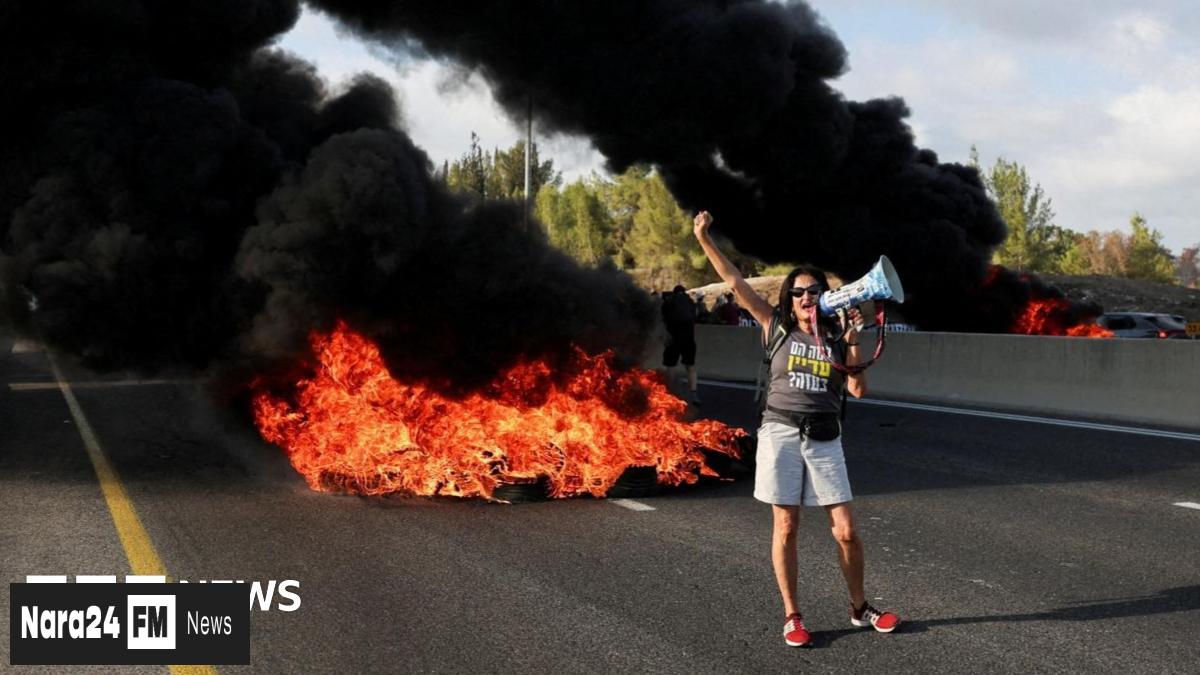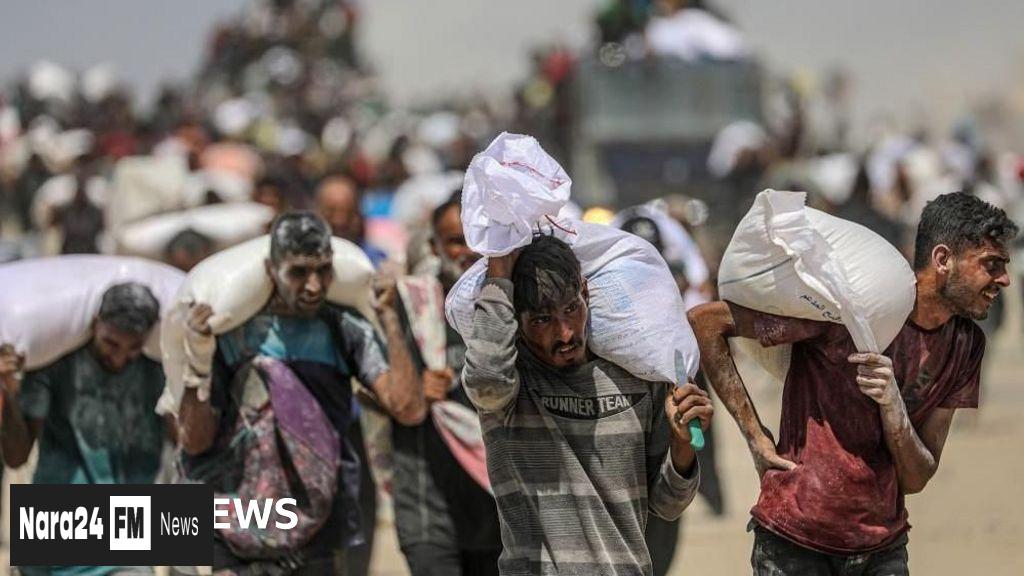In This Article
- Overview of Recent Sectarian Violence
- Government Response and Calls for Calm
- Historical Context and Druze Concerns
- Previous Clashes and Regional Impact
- Western Reassessment of Syria Relations
Key Takeaways
- Sectarian clashes in Syria's Sweida province between Bedouin Sunni tribes and the Druze minority have resulted in at least 30 deaths and over 100 injuries.
- The Syrian government deployed security forces to quell the violence amid a fragile security situation following the collapse of the Assad regime in late 2023.
- Druze communities, historically aligned with the Assad regime, now fear insecurity under Syria's new Islamic-led government and report insufficient protection.
- The violence reflects broader instability affecting minority groups, including Alawites and Christians, with similar clashes occurring earlier in 2024.
- International actors like the U.S. and UK are adjusting policies toward Syria, signaling shifting geopolitical dynamics amid ongoing unrest.
At least 30 people have been killed and scores injured in violent sectarian clashes in southern Syria's Sweida province, according to official reports. The conflict, which erupted between Bedouin Sunni tribes and members of the Druze religious minority, has intensified in recent days, prompting Syrian authorities to deploy security forces to quell the unrest.
The Syrian interior ministry confirmed the death toll, while the Syrian Observatory for Human Rights, a UK-based war monitor, reported a higher figure of 37 fatalities. The fighting underscores the fragile security situation in the region, which has been further destabilized since the collapse of the Assad regime in December last year.
In a bid to restore order, the interior ministry announced on Monday that it would directly intervene to halt the violence, which has also left over 100 people injured. Sweida’s governor, Mustapha al-Bakur, urged residents to "exercise self-restraint and respond to national calls for reform." Spiritual leaders from both sides have also appealed for calm.
The Druze, a religious minority with significant communities in Lebanon, Jordan, and Israel, have historically sought protection under the Assad regime. However, recent months have seen growing tensions, with Druze leaders expressing concerns about their safety under the new Islamic-led government. Earlier this month, members of the community told the BBC they feared not only physical attacks but also a lack of governmental protection.
This latest outbreak of violence follows similar clashes in April and May, which resulted in dozens of deaths. The ongoing unrest has also affected other minority groups, including the Alawite community, a branch of Shia Islam, and Christian worshippers in Damascus.
As Syria navigates a precarious political transition, Western countries have begun reassessing their relations with the country. The United States recently removed Hayat Tahrir al-Sham (HTS), a Sunni Islamist rebel group, from its list of foreign terrorist organizations. Meanwhile, UK Foreign Secretary David Lammy became the first British minister to visit Syria since the civil war began 14 years ago.
The deadly clashes in Sweida have raised fears of further unrest, highlighting the challenges facing Syria’s diverse communities as the country seeks to rebuild and stabilize after years of conflict.








Comments (0)
Leave a Comment
Be the first to comment on this article!